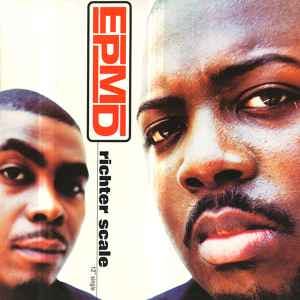features
All That Glitters: A Look Back at the "Shiny Suit Era"
All That Glitters: Looking Back at the "Shiny Suit Era"
Published Fri, January 6, 2023 at 11:59 AM EST
The hits. The videos. The MONEY. The late 1990s were an interesting time in Hip-Hop, to say the least, and what would become popularly known as "The Shiny Suit Era" became one of the most polarizing periods in the genre's history.

I think it's easy to dismiss the 'Shiny Suit Era' as an embarrassing fad—a la other trends like wearing the Bugs Bunny T-shirts, pagers, and ringtones. But that is short-sighted. Personally, I loved how grandiose it all was. It was like a Michael Bay movie became the 5th element of Hip-Hop. And there's nothing wrong with a good old fashioned popcorn flick."
- Alec Banks, ROCK THE BELLS

Looking back, the 'Shiny Suit Era' just feels like a natural reaction to the heaviness Hip-Hop was feeling, musically and culturally, with the deaths of Pac and Big being the final breaking point. It's not surprising some folks wanted to dance and smile and wear very shiny outfits to show how they were embracing a lighter side of life. For me personally, though, 97-98 were some of my favorite years in rap music; we got Scarface's THE UNTOUCHABLE, OutKast's AQUEMINI, Goodie Mob's STILL STANDING, and good albums from folks like Black Star, Redman, ATCQ, and Pete Rock. Even the so-called "Shiny Suit" music was pretty grounded in retrospect, at least in comparison to the bling and snap eras that came up next."
- Jacinta Howard, ROCK THE BELLS



I—like many—didn't appreciate the 'Shiny Suit Era' originally. I felt that it was more flashiness than substance. The videos became predictable and the usage of the samples I felt was unimaginative and lacked creativity based on what I knew could be done with a sample. I will say that those records worked well in club and party environments, they were hits and provided an alternative to some of the gangsta rap that existed at the same time."
- JayQuan, ROCK THE BELLS





